We'll put you back together better than before the damage happened!
One of the Top Mold Remediation Companies in LA and FL
24/7 Emergency Service
All Work is Guaranteed
Certified by IICRC
Licensed, Bonded, and Insured
Request a Free Inspection
Hero Request Form
Thank you for contacting us.
We will get back to you as soon as possible
Please try again later
Fight Back Against Mold Growth
Mold is actually a type of fungus. These organisms may be small, but they can be quite voracious and hard to eliminate. The coloring can be black, white, orange, green, or purple, and mold can thrive inside or outside. When you see mold, call MJD Global Disaster Restoration right away for remediation. As one of the mold remediation companies FL homeowners rely on, we offer comprehensive services.
Mold thrives with moisture, and lightweight spores travel through the air. You're actually exposed to mold all the time, and it's harmless in small amounts. However, when spores land on damp spots in your home or business, they can start to grow. As the mold spreads, more spores are released into the air.
As you breathe in the mold spores, your health can be affected. Some people are sensitive to spores, and mold can spark serious diseases with long-term consequences. Because of this, mold should never be taken lightly. Get a fast response from MJD Global Disaster Restoration.
As one of the top mold remediation companies in FL, we're a licensed team, and we offer 24-hour same-day emergency service. With over 40 years of experience, we can handle all your mold remediation needs. We warranty all our services. Call now for a free inspection.
Understanding Mold Remediation
When you need mold removed and cleaned up, this is called mold remediation. Mold remediation must be completed by trained and certified personnel from reliable mold remediation companies in LA and FL. MJD Global Disaster Restoration is licensed and certified by the IICRC. We are specifically certified for mold remediation.
To treat your space for mold, we clean the air and surfaces. Then, we'll treat the building to prevent future contamination. This is done in a controlled environment with special equipment and proper treatment designed for your specific mold problem. Before we start working, we'll quarantine the area to avoid cross-contamination that spreads the problem.
We will provide you with a customized, prewritten mold remediation procedure. The process may require the removal of walls, ceilings, or flooring based on the level of contamination and destruction. Remediated areas are then treated to prevent recurrence and contamination. We are happy to work with your insurance company directly to streamline the process and minimize your stress. Most of the time, you will be free to pick your own mold remediation companies in LA, no matter what your insurance company prefers.
Once we contain the area, we'll work with air treatment purification. We may need to use air circulation, dehumidification, and air purification machines. We will also use deodorization to neutralize odors. If contaminated items are salvageable, we'll start with cleaning. This may include clothing, documents, furniture, electronics, toys, and other items. We only dispose of items with your consent.
Next, we'll focus on anti-fungal treatments and disinfecting. This process involves removing mold and contaminated materials and applying special treatments. From here, we start reconstruction efforts. We will repair the property to its pre-damaged state.
Ultimately, the process will be tailored to your needs. At MJD Global Disaster Restoration, we offer off-hours service to work on your schedule. We're here to make your life easier!
Our Service Warranty
MJD Global Disaster Restoration always stands behind our remediation work. This is why we always order a post-test clearance by an independent third-party hygienist to confirm we have completed our work as stated in the remediation protocol. We are extremely proud to have a 99% success rate on our remediation work the first time. Every remediation job is different, and if we don't pass the first time, we'll keep working until we do.
This is our completion guarantee to customers like you. We do this to provide you with the peace of mind you deserve. Our dedication to service makes us one of the most reliable mold remediation companies LA has to offer. You can count on MJD Global Disaster Restoration for the highest standards of restoration quality.
Do You Have Mold?
Call now for a free inspection to talk about mold remediation at your home or business
(877) 554-6655
Learn About Common Fungi
According to the Allergy Store, there are more than 100,000 types of mold. Not all types are the same, and some are more dangerous and more common. Some are even used medicinally. The best example is penicillium, which is used to make penicillin. Differentiating between the types of mold is nearly impossible unless you are a trained professional. MJD Global Disaster Restoration has that experience. We can identify and treat the most common molds and fungi.
Acremonium
This is found commonly in soil and dead plants. It grows indoors on wet-building materials like drywall, ceiling tiles, and building paper. It can be allergenic and can be a pathogen for immunocompromised individuals.
Alternaria
This is found commonly in outdoor air and on many plants and food. It thrives on rotting farmland manure and may resist fungicides. Alternaria is an occasional contaminant of water-damaged building materials with cellulose. It can be a notable source of fungal allergy, and pathogenic infections are infrequently reported.
Aspergillus
There is a wide range of this fungus. Some species are opportunistic pathogens and may cause pulmonary infections. Some also produce mycotoxins and are associated with allergic reactions and hypersensitivity pneumonitis. These organisms are some of the first fungi to grow on water-damaged materials. They are common outside, but your exposure outside is usually considered low.
Aureobasidium
This yeast-like fungus is commonly found on caulk or damp window frames in bathrooms. It may be pink or black. Although it seldom causes infections, it can be allergenic. This is one type of mold that is a type of mildew. It will grow in cooler climates and is common on siding.
Bacillus
Bacillus survives in soil. It is mostly nonpathogenic for people.
Basidiospores
Basidiospores are often associated with dry rot. This fungus is usually manifested in toadstools, mushrooms, puffballs, rusts, and smuts. High levels of these spores can contribute to indoor allergies. Poria incrassata is a particularly destructive type. It can contribute to the collapse of buildings during a severe infestation.
Botrytis
This is most commonly associated with plants and can cause allergic asthma after exposure inside. Greenhouses often have high levels, and other indoor areas with high humidity or numerous plants are at risk.
Ceratocystis or Ophiostoma
This common plant pathogen is found frequently in lumber. Therefore, it can be found in lumberyards and may be built into your home. It has not been thoroughly studied, but it is not reported to be a pathogen or a producer of mycotoxins or allergens.
Chaetomium
Commonly found on deteriorating wood products, this fungus often emits a musty odor and may be found on water-damaged drywall. Its health effects are not thoroughly documented, but some rare compounds have been identified as mutagenic.
Cladosporium
This fungus is most frequently found in the air, and it may flourish inside or outside. It is most likely to be found in elevated levels with water-damaged environments. Some species are resistant to certain treated lumbers.
Epicoccum
A secondary invader of plant materials, this fungus can flourish at higher temperatures than other fungi. This allows it to be a human skin pathogen. Colonies produce a wide variety of colors depending on the food source. Although it may be isolated from water-damaged building materials, it is generally associated with outdoor settings.
Fusarium
Fusarium is found in soils and plants around the world. It can invade corn and barley, producing toxins at lower temperatures than other fungi. Fusarium has affected water-damaged carpets and other building materials. It can cause infection in immunocompromised people. Its spores are typically slimy and may be difficult to isolate in air samples. It may cause allergies, asthma, and mycotoxins.
Gram-Negative Rods
This group of bacteria is commonly found in standing water and water-saturated structures. Most are opportunistic pathogens. Many species release endotoxins that can cause headaches and allergic reactions.
Mucor
This mold is found worldwide and frequently is present in the air. Mucor can be found in dung and moist hay. Fast-growing and opportunistic, this fungus can cause rare infections in immunocompromised people. It's a mild allergen most of the time.
Penicillium
This is a common species that causes food spoilage, and it can colonize on leather objects. It is an indicator of indoor dampness, and some species can produce mycotoxins. If you are exposed to penicillium, you could experience negative health complications. It's one of the first fungi found to grow on water-damaged materials, and it is associated with allergic reactions and hypersensitivity pneumonitis. It has a strong, musty odor that can be distinctive.
Pithomyces
Pithomyces is found in decaying wood, soil, and plant materials. It is not associated with infections or major health problems in humans. It has been found on paper but is not commonly found inside.
Rhizopus
Rhizopus is found often in house dust, soil, fruit, nuts, and seeds. It grows in the garbage or leftover foods. Exposure to large numbers of spores can spark respiratory complications. This is an allergen and can be opportunistic as a pathogen for immunocompromised individuals. People with diabetic ketoacidosis, malnutrition, and severe burns should be especially careful with this fungus.
Scopulariopsis
This common contaminant can cause toenail infections.
Sepedomium
This is commonly found in soil. It is pathogenic to humans.
Stachybotrys Chartarum
This fungus grows on wet building materials with cellulose. Usually, the materials have been wet for more than a week before the growth begins. It can produce mycotoxins that irritate the skin and mucous membranes. In particular, it can produce satratoxin, which is toxic when inhaled. Extreme care should be taken when this is found indoors.
Staphylococci
This opportunistic pathogen can survive in nasal secretions and on the skin. It produces many toxins. If the fungus is coagulase-positive, it is potentially pathogenic.
Sterile Mycelium
This fungus is not mature enough for speciation, but it may still be problematic in homes and businesses.
Streptomyces
Streptomyces spores are mostly nonpathogenic, but some species cause human infections. This mold can produce potentially harmful mycotoxins. It often smells like freshly tilled soil. It's used in pharmaceuticals.
Trichoderma
This widespread fungus grows in carpets, unglazed ceramics, and paper in damp homes. Some species produce metabolites that can be toxic and may cause symptoms. It is an allergen that affects immunocompromised individuals with some severity.
Ulocladium
Ulocladium is found in soil, wood, and decaying plant material. It can also grow on wet walls and particleboard. Because of its high-water requirements, it's considered an excellent indicator of water damage. This genus is allergenic and affects those with Alternaria allergies.
Wallemia
Wallemia is found around the world in house dust, air, dry food, and soil. It attacks materials with low water activity, and it is an allergen that may produce mycotoxins. It can grow on materials with high salt content.
Yeast
Yeast is common in moist habitats. It can grow with reduced oxygen levels. This organism can spark allergies and can be an opportunistic pathogen.
See What Mold Remediation Looks Like
Mold occurs everywhere in the natural world. Most of the time, these microscopic organisms are harmless in the air. However, when mold flourishes in your home, it can start to cause damage. This damage impacts your home and your health. Eventually, you’ll need to call mold remediation companies in FL and LA. If you're not convinced mold is a serious problem, check out the gallery below. If you're worried about mold in your home or business, call us today. We reply to all inquiries within 24 hours!
LOCATIONS
ALABAMA
212 W. TROY STREET STE B,
DOTHAN, AL, 36303, USA
GEORGIA
8735 DUNWOODY PLACE #4741,
ATLANTA, GA, 30350, USA
LOUISIANA
4890 HIGHWAY 1,
RACELAND, LA 70394, USA
MISSISSIPPI
270 TRACE COLONY PARK STE B,
RIDGELAND, MS 39157, USA
NORTHWEST FLORIDA
1337 EVERITT AVENUE,
PANAMA CITY, FL 32401, USA
SOUTH FLORIDA - CORPORATE HEADQUARTERS
1800 N.W. 15TH AVENUE, SUITE 100,
POMPANO BEACH, FL 33069, USA
TENNESSEE
116 AGNES ROAD, STE 200,
KNOXVILLE, TN 37919, USA
serving Area
Pompano Beach, FL
Business Hours
24/7 Emergency Service
Mold Remediation License #MRSR2527
IICRC Registration #259888
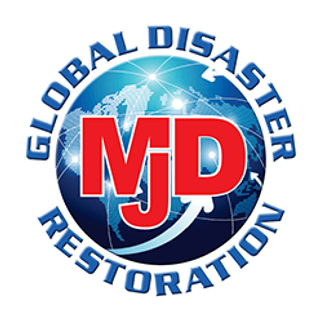

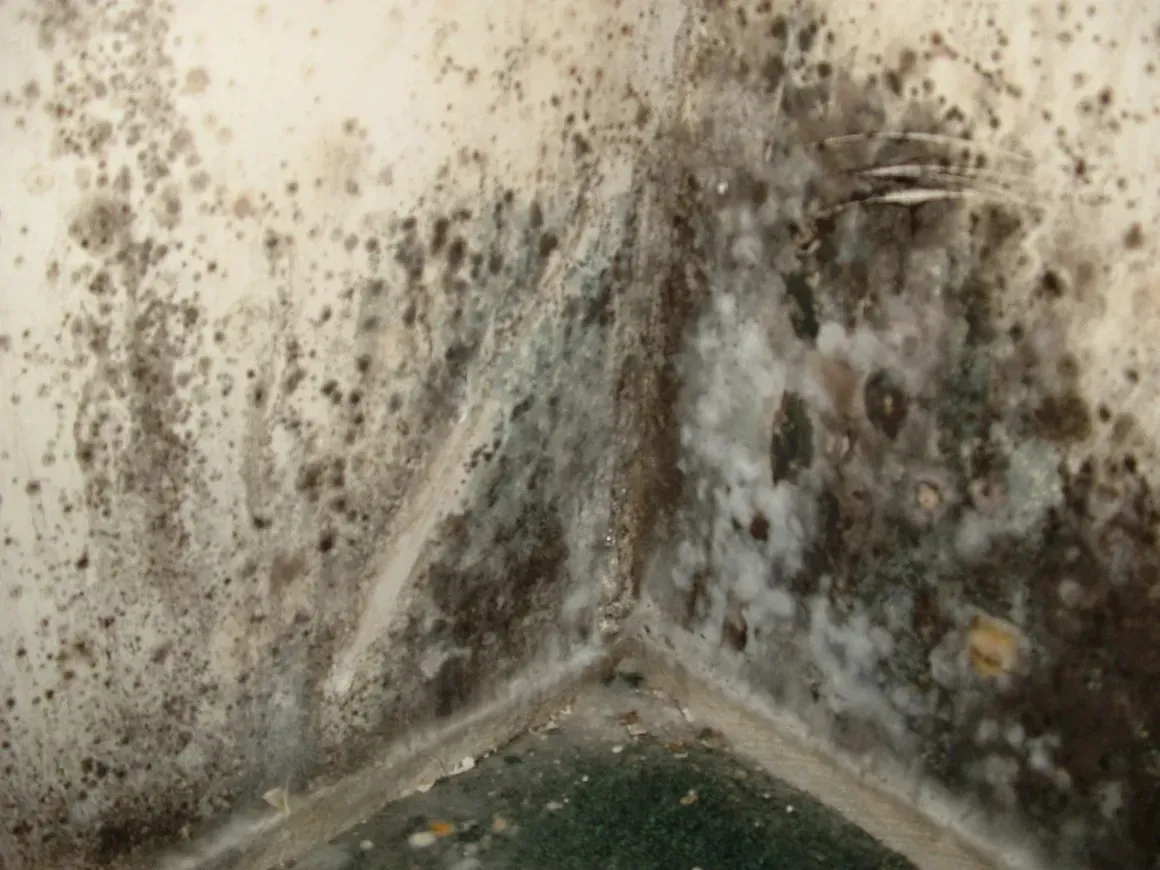
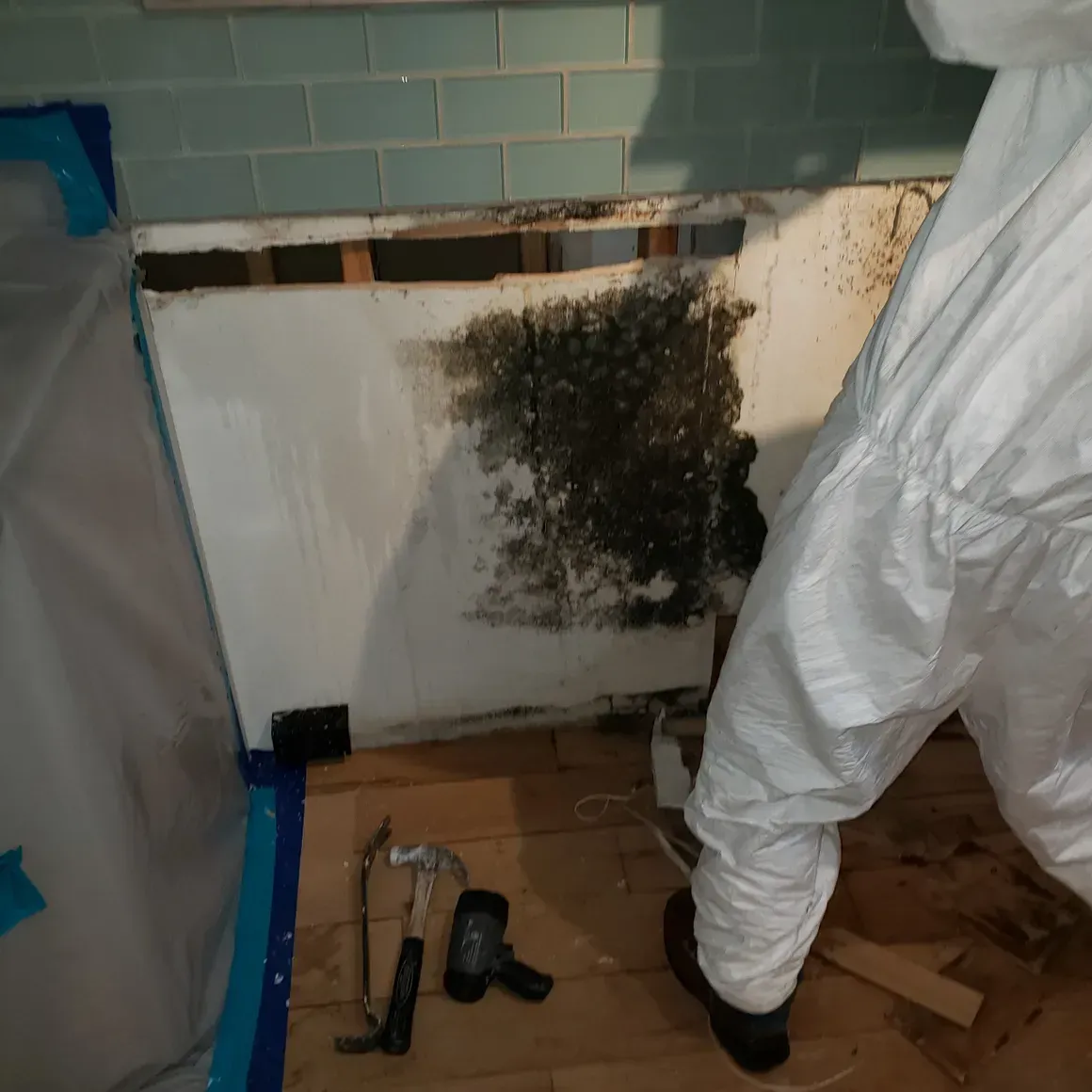
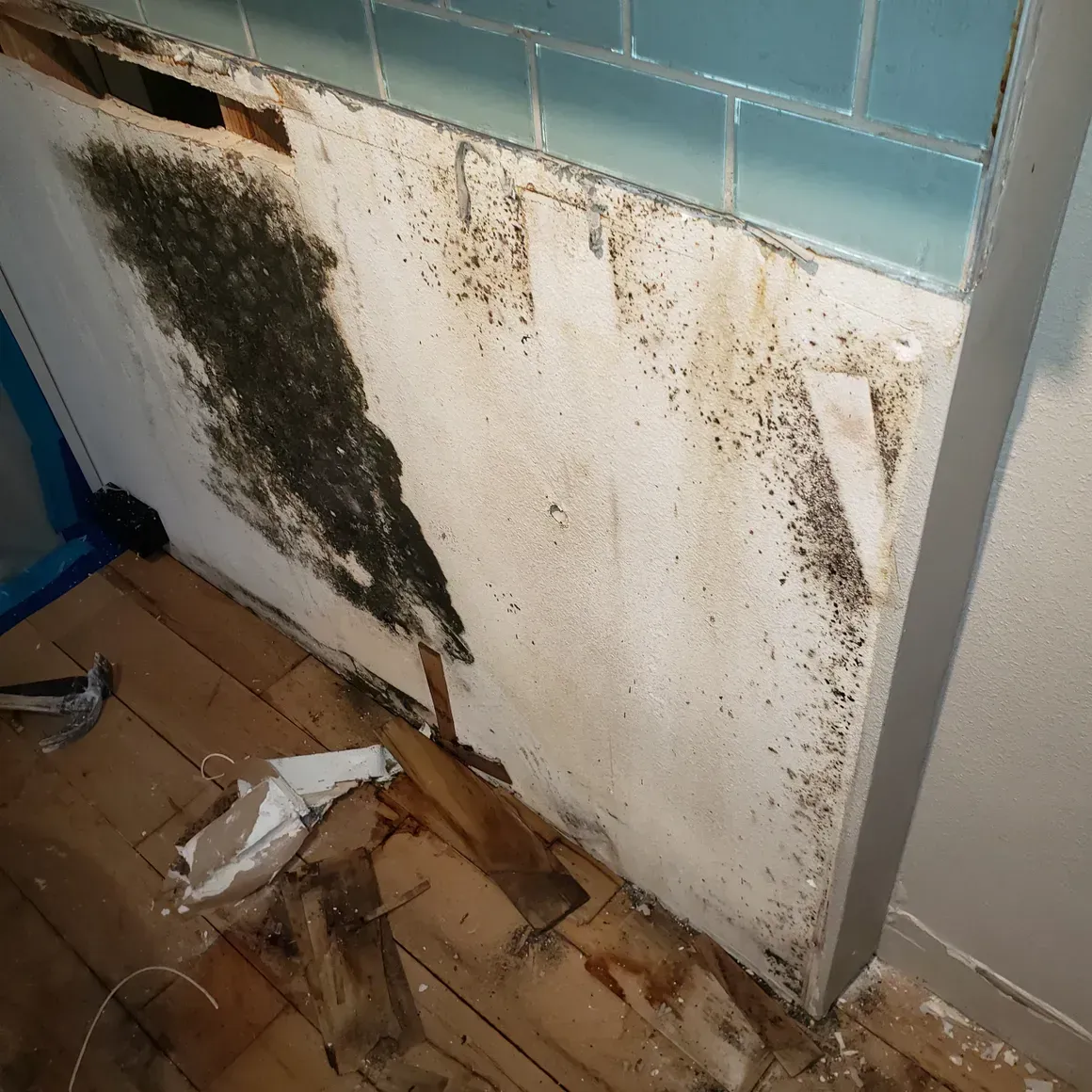
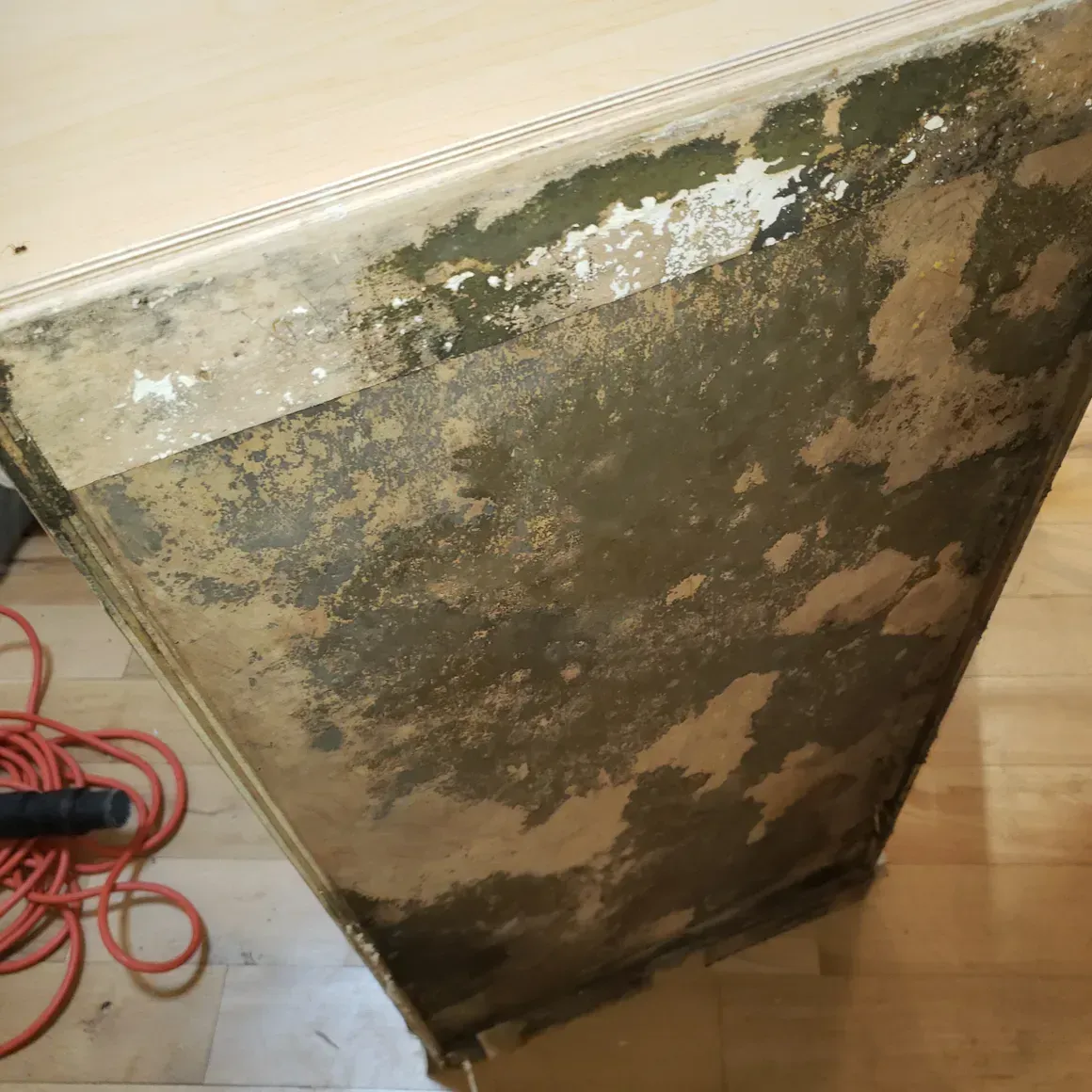
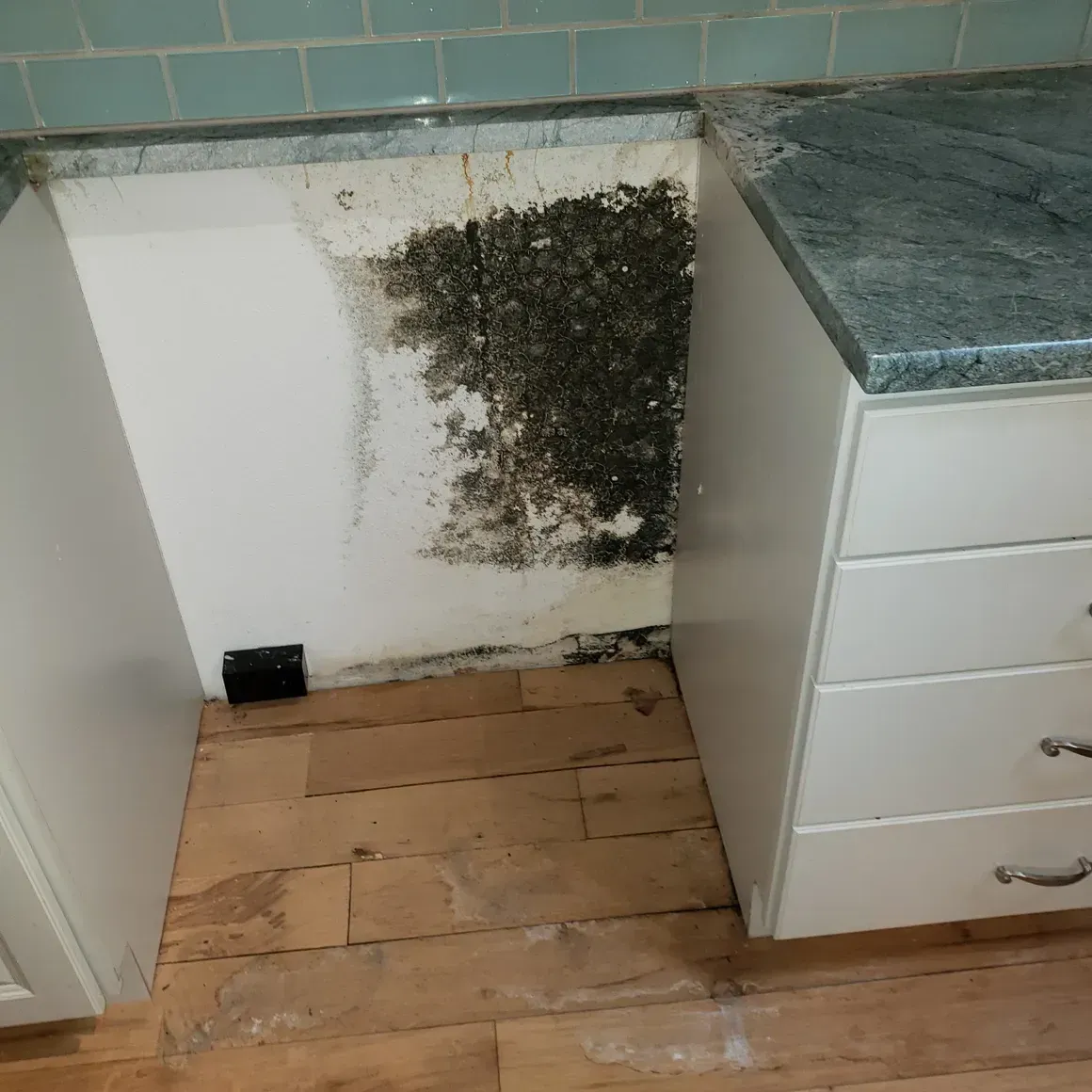
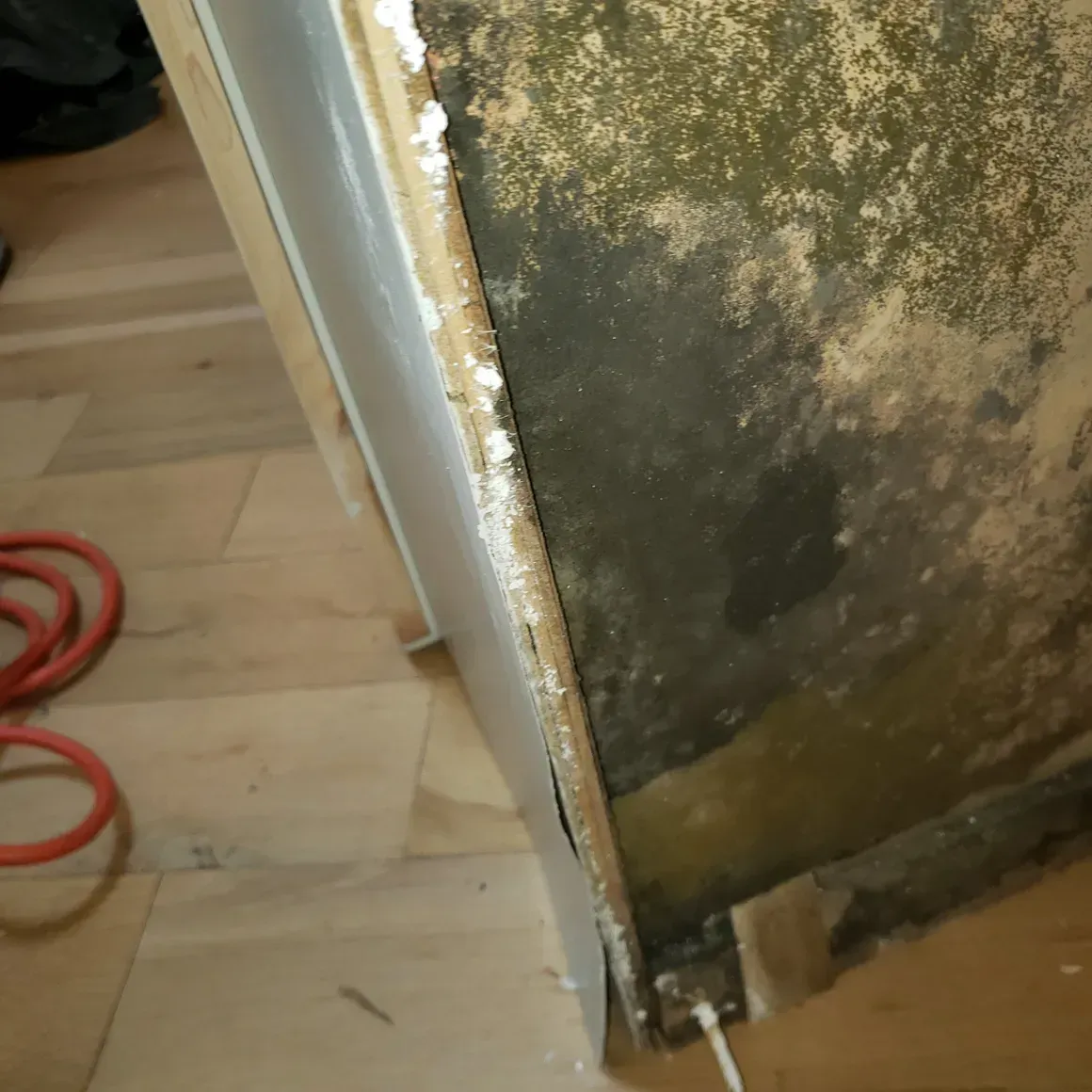

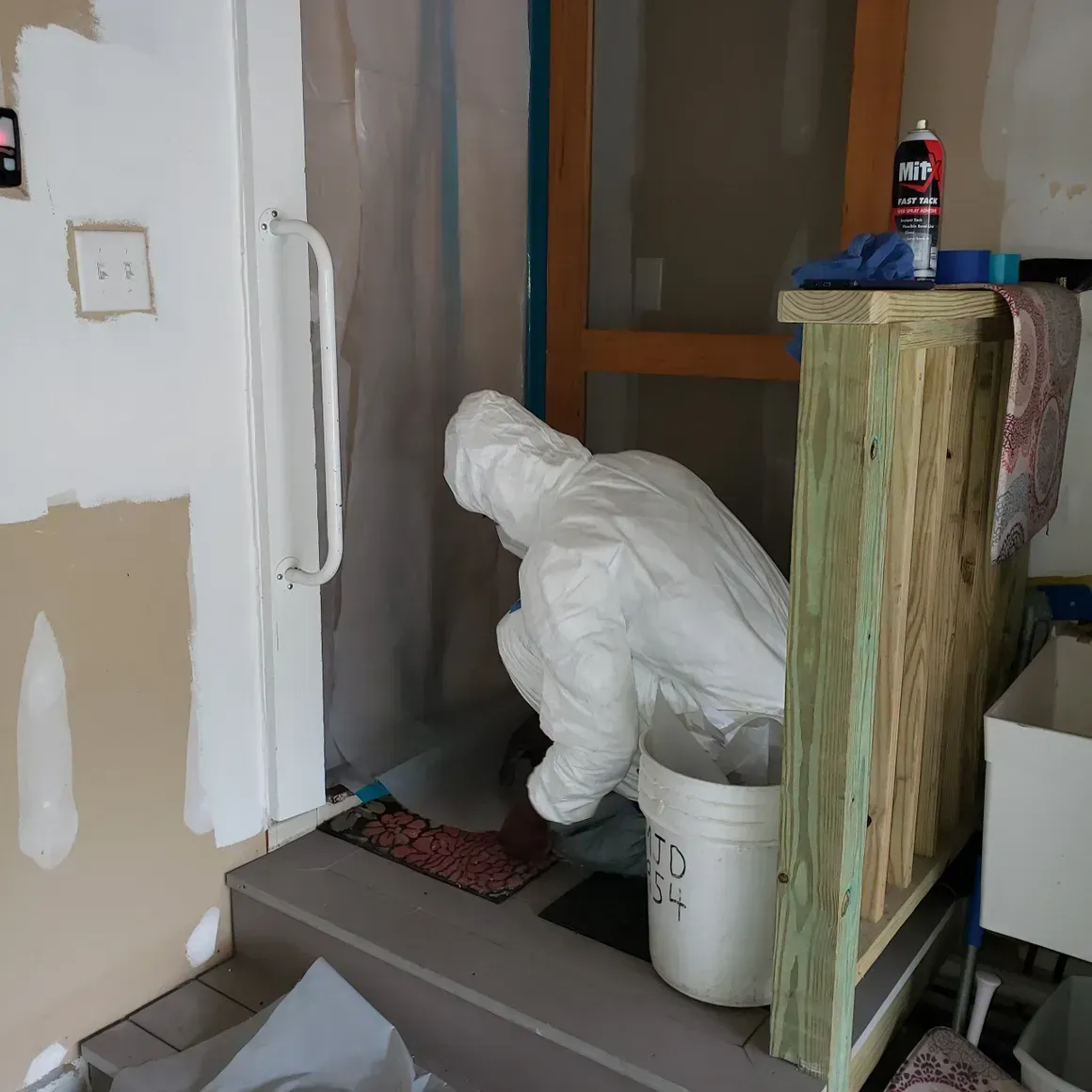


Share On: